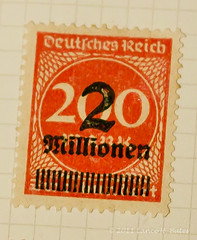“I don’t gamble. I only invest in gold.”
When I was growing up, nobody had heard of “Akshaya Tritiya.” And then, perhaps borrowing a page from how Hallmark created Valentine’s Day, jewelers have turned it into the most auspicious day to buy gold. Have people actually stepped back and asked themselves why they are partaking in this madness?
Is Gold money? No.
Try paying for your morning coffee with bullion and be prepare to be astounded at the discount you are offered on your gold. Not only is gold not money in a disaster scenario – it is not even wealth! People will hunger for food, water, and fuel – not gold.
Is Gold a good disaster trade? Only if disaster hits you and spares everybody else. From Dubai’s blow-up to the Grexit that wasn’t to the almost-collapse of the Euro Zone to the Arab Spring to the death of Andy Rooney, gold was the first thing to fall as investors rushed to sell whatever they could.
Back in 2010, The Economist had warned: the traditional markets for gold cannot be expected to pick up the slack if rich-world investors’ appetite should pall. And this is exactly what Indian investors need to keep in mind when they use anecdotal evidence to gloss over the fact that at the end of the day, gold is just like any other commodity. And it maybe the ultimate Greater Fool trade.
Related articles



















